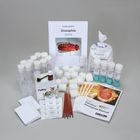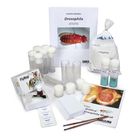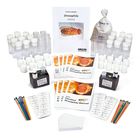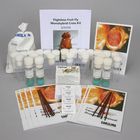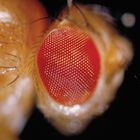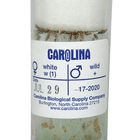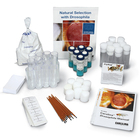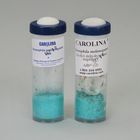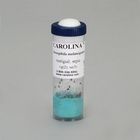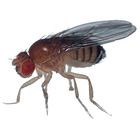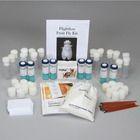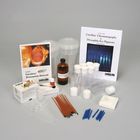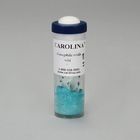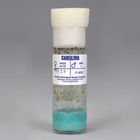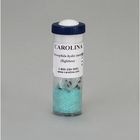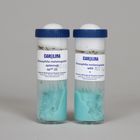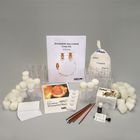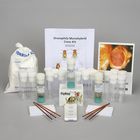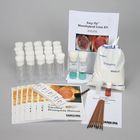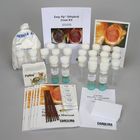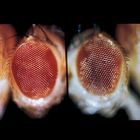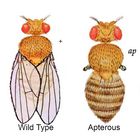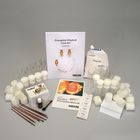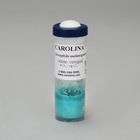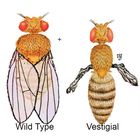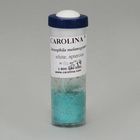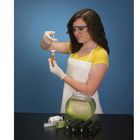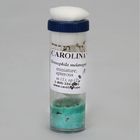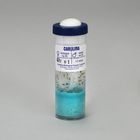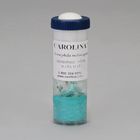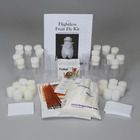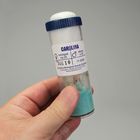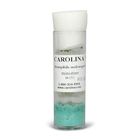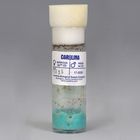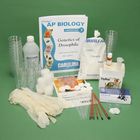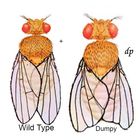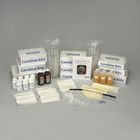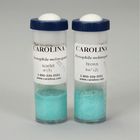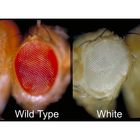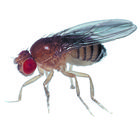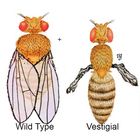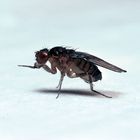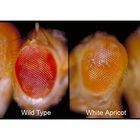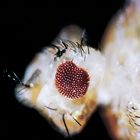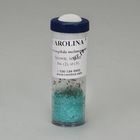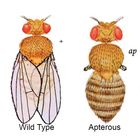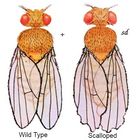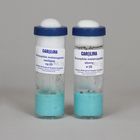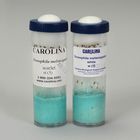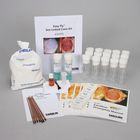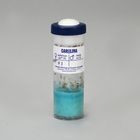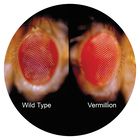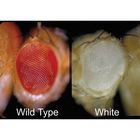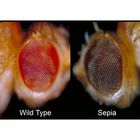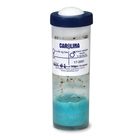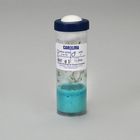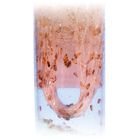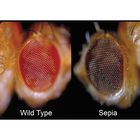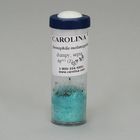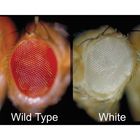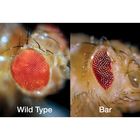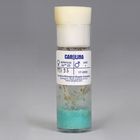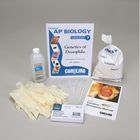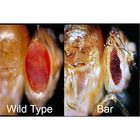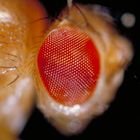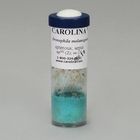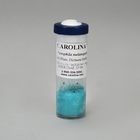Care Guide: Drosophila
Living Care Information
Drosophila melanogaster,
Drosophila virilis,
Drosophila hydei
commonly known as fruit fly
Quick Start Information
Open the shipping container and inspect your cultures.
Remove the plastic caps, but leave the foam plugs in place.
Keep culture vials out of direct sunlight.
Vials should be maintained between 20 and 25° C (65 to 77° F).
About the Organism
- Drosophila melanogaster was one of the first model organisms used in biology.
- The genus Drosophila contains over 1,500 species.
- Some species have sperm cells that are 35 times longer than a human sperm.
- The lifespan of an adult fruit fly is 35-45 days.
- Wingless Drosophila are a nutritious food source for small reptiles and amphibians.
- Domain: Eukarya
- Kingdom: Animalia
- Phylum: Arthropoda
- Class: Insecta
- Order: Diptera
- Family: Drosophilidae
- Genus: Drosophila
- Species: melanogaster, virilis, or hydei
Preparation
Cultures will arrive in plastic vials containing white netting and media as a food source. The netting keeps the media in place during the shipping process.
Each vial will contain adult flies, larvae, pupae, and eggs. The date stamped on the vial’s label indicates when we placed the first adult flies into the vial in our lab. If you are using your flies for genetic crosses, you will need to make note of this date. Flies will continue to reproduce in the shipping vial for approximately 3 weeks after receipt.
Housing
Use transparent vials or glass or plastic bottles and vial plugs for housing the flies.
Feeding
We recommend Carolina’s Formula 4-24® Instant Drosophila Medium. The medium is sold plain or with the addition of blue food dye in portions of various sizes. The blue dye allows students to observe larvae burrowed into the media.
Follow the directions sent with the medium to set up vials for new cultures. Food medium should be kept moist, as dry food will inhibit larval growth and result in few flies emerging.
Maintaining and culturing
Transfer flies to new culture vials every 10 to 14 days. For more detailed information on setting up cultures and making crosses, see our Drosophila manual or the instructions provided in your individual kit.
Disposal
We do not recommend releasing any laboratory reared animal into the wild. Drosophila are considered a pest species.
The flies are a nutritious food source for small vivarium pets, such as frogs or lizards.
You can euthanize the flies by placing vials in a container or bag and freezing for 48 hours. Deceased organisms should be disposed of as soon as possible in a municipal solid waste container.
Biosafety
No Biosafety information needed for this organism.
Video
FAQs
Which Drosophila should I order to feed my mantis (or small frog or reptile)?
We recommend our flightless flies . They seldom escape from a terrarium or habitat fitted with a fine mesh screen.
What materials do you recommend for culturing?
Our Drosophila Culture Kit has everything you need except the starter cultures. It also comes with our Drosophila manual, which explains the procedures for culturing and doing crosses, and gives information on crosses widely used in genetics labs.
Are the flies eating the media in the vial?
Drosophila are attracted to wild yeasts and other microorganisms that grow on decomposing plant material. Fruit flies will often congregate on stores of overripe produce and puncture the skin of the fruit or vegetable to lay their eggs and to feed. Our medium and other media preparations intended for laboratory use provide a breeding ground for food organisms of the flies. The flies may ingest a small amount of the media during the process of foraging for yeast, but they do not consume the media.
Need help?
We want you to have a good experience. Orders and replacements: 800.334.5551, then select Customer Service. Technical support and questions: caresheets@carolina.com




